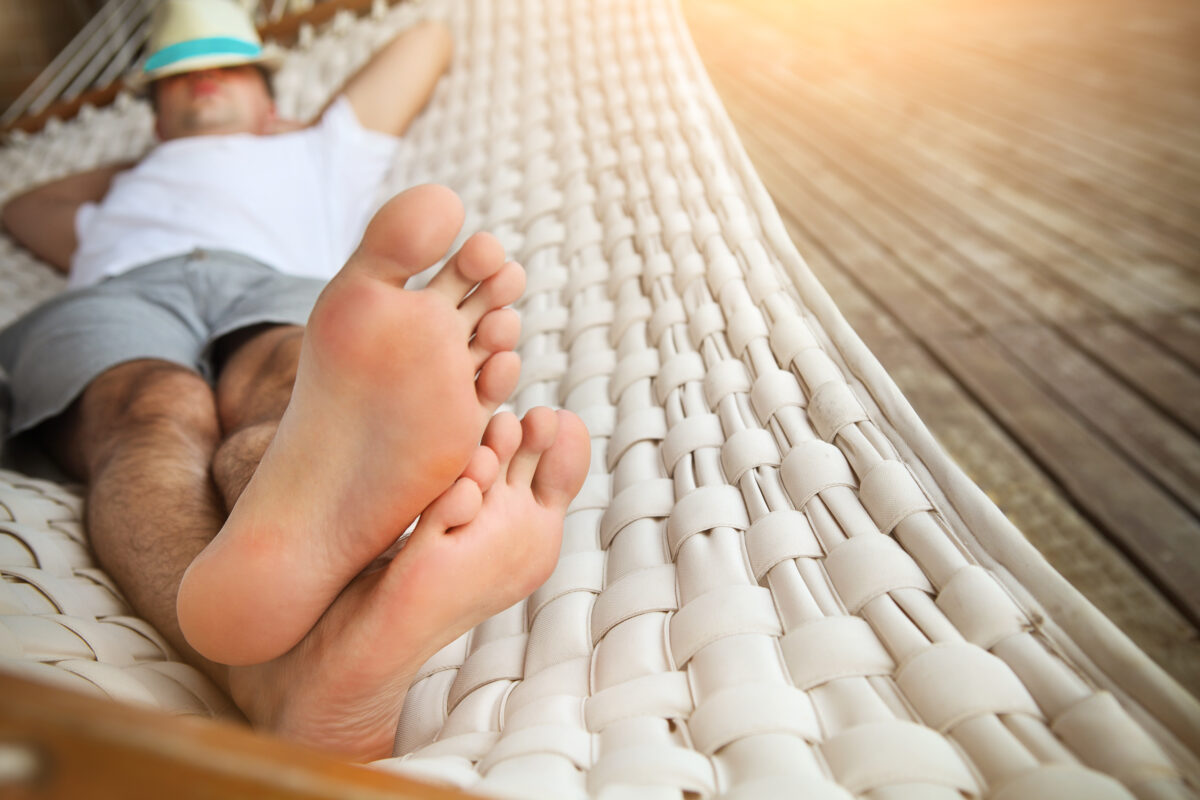
The summer season is coming in hot. Of course, we all want to show off our favorite sandals at the pool or beach, but to do that, we must keep our feet healthy during these hot and humid months! While it’s great that we finally get to let our toes breathe from our sweaty winter boots, we now have to take precautions such as keeping our bare feet away from infection and protecting them from the sun. Before you feel that ocean breeze, let’s put your mind at ease with six tips for summer foot care!
1. Sunscreen is Key
We all know that slathering SPF on our face and bodies protects us from things like cancer and wrinkles, but how often do we tend to our toes when we soak up the sun? The tops of our feet directly face the sun as we walk around in our flip-flops, so applying sunscreen there when we leave the house is essential. You also have a better chance of avoiding those sandal tan lines!
Ensure that you regularly inspect both the tops and bottoms of your feet for abnormal freckles or moles, and call your doctor if something doesn’t look right. Podiatry Today recommends finding a sunscreen that protects you from both UV-A and UV-B rays. UV-B rays are correlated with burning, while UV-A is associated with aging. In addition, repetitive exposure to UV-A rays can link to long-term damage such as cataracts or immune system damage. Dermatologists recommend using sunscreen with at least 30 SPF and is classified as “Broad Spectrum.”
2. Keep Your Bare Feet Away From Infections.
Our office sees bacterial, fungal, and viral foot infections in the summer months more often than any other time of year! This is because bare feet are exposed to all of the germs, bacteria, and fungus in public places. These offenders are the culprits of infections such as Athlete’s Foot and Plantar Warts. If you choose to take a dip at the public pool this summer, make sure you wear shoes with thick soles to walk around. If your kids are heading off to summer camp, pack them a pair of protective shoes to wear in shared shower areas and pools.
When you arrive home from your activities, wash your feet with soap and warm water and ensure they are thoroughly dried with a towel. Don’t forget to get in-between the toes! Disinfect your gear with wipes or spray after the gym or any other sweaty location that fungus and bacteria lurk around. Consider disinfecting your feet with anti-fungal spray. It’s worth it to take care to prevent these infections so you can spend your summer days relaxing. If you find yourself with itchy, red, or scaly feet, call our office to treat it early!
3. Break-in Your Sandals to Avoid Blisters
We are all thrilled to lock away our winter boots for the time being. However, if you decide to treat yourself to a new pair of sandals or flip-flops for the new season, look out for blisters! Before wearing them out on a summer adventure, be sure to bend and stretch them around at home first. This way, they will conform to your feet easier. You can also check out these seven remedies for stretching out shoes, such as blow-drying them or even putting them in the freezer! If you are looking for a new pair of summer shoes, look for footwear with good arch support.
4. Keep Your Feet Clean and Cool with Proper Sock Care
Don’t trap your feet in their own sweat during these steamy and humid months! Wearing proper socks to keep your feet cool is fundamental to avoid stinky feet. Feel free to lock away those wool socks with your winter boots and break out your thinner cotton socks. If you are out exercising in the hot sun, consider wearing performance-based socks that are ventilated to avoid swampy feet altogether!
Even if you aren’t an athlete, your feet give off a lot of sweat throughout the day. So be sure that you are washing your socks after each use to keep everything smelling fresh. It’s also a good idea to remove socks and shoes when you get home to let your feet air out properly. Letting your toes fester in the sweat can lead to Athlete’s Foot and other infections. Place a fan by your bed and sleep with your feet out of the covers to cool them down at night!
5. Stay Hydrated.
Drinking water should always be a priority for overall excellent health and to keep yourself glowing. It is easy to dehydrate in the summer, especially if we are spending our days in the hot sun. When you drink more water, you increase blood flow. Since our extremities are the furthest part of our bodies from our heart, blood circulation is vital to flush toxins out. In addition, drinking enough water reduces swelling. When feet are inflamed, they are more prone to injury and chronic pain. By staying hydrated, you reduce your chances of these injuries!
6. Pamper Yourself Properly
If a trip to the spa or the nail salon is on your itinerary this season, look for appropriate measures are taken to avoid toenail infections. For example, when getting a pedicure, be sure that nail clippers and files are properly sanitized. The fungus is transferred through these tools, so new or disinfected tools are essential. Also, remove toenail polish frequently to give your nail beds a break. Indulge in at-home remedies for foot care such as an Epsom Salt foot soak or an oatmeal and brown sugar foot mask!
Whether your plans for the summer include vacations or working from home, have peace of mind by taking these measures. Take simple care by applying sunscreen, protecting your feet from infection, wearing proper shoes and socks, and staying hydrated. If you have any questions about summer foot care Contact Us or schedule an appointment here if you notice anything abnormal!
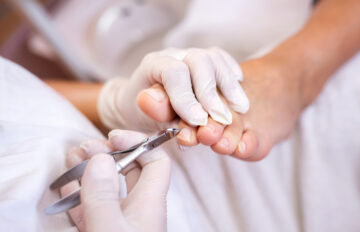
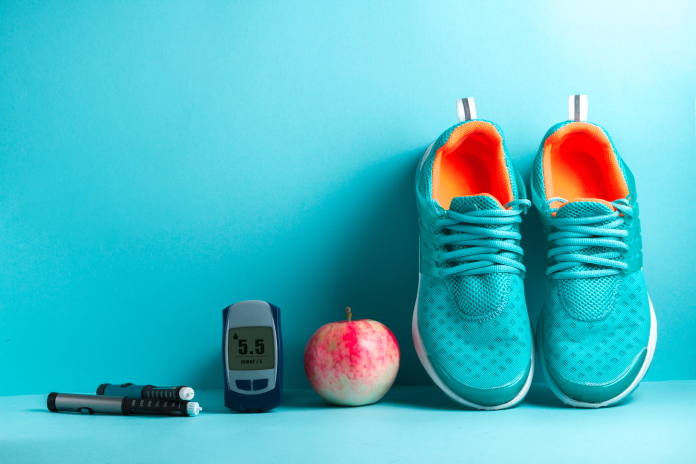
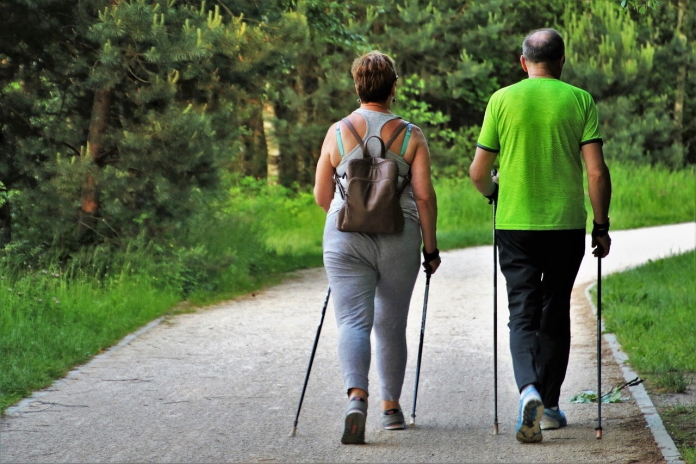 Boosting Circulation to Your Feet
Boosting Circulation to Your Feet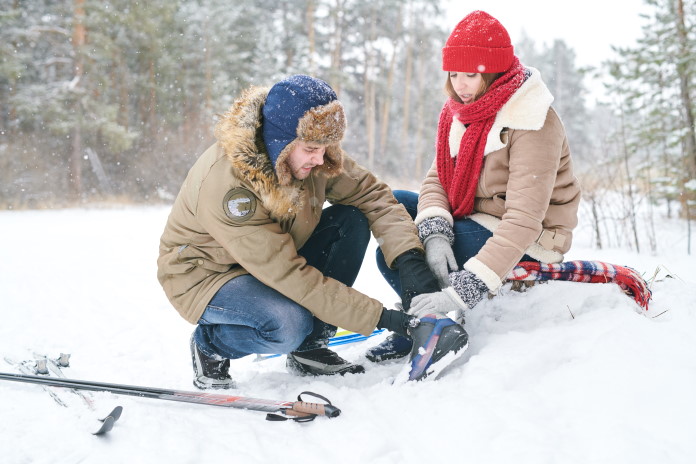
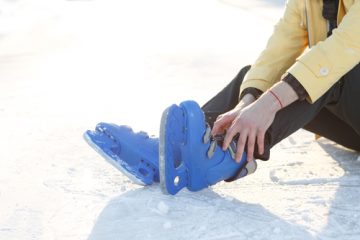 Also, the right socks, boots, and shoes will make all the difference in not only your level of enjoyment and your workout, but your safety. Boots and shoes that are too tight or too loose can cause calluses or blisters as your feet are exposed to repeated friction or pressure as you move. A good way to prevent or avoid foot problems such as blisters is to make sure you wash your feet every day and dry them thoroughly after you exercise. If you have diabetes or peripheral arterial disease you are also at higher risk for frostbite because the circulation to your legs and feet may be compromised.
Also, the right socks, boots, and shoes will make all the difference in not only your level of enjoyment and your workout, but your safety. Boots and shoes that are too tight or too loose can cause calluses or blisters as your feet are exposed to repeated friction or pressure as you move. A good way to prevent or avoid foot problems such as blisters is to make sure you wash your feet every day and dry them thoroughly after you exercise. If you have diabetes or peripheral arterial disease you are also at higher risk for frostbite because the circulation to your legs and feet may be compromised. Knee and Ankle Injuries
Knee and Ankle Injuries Please feel free to
Please feel free to 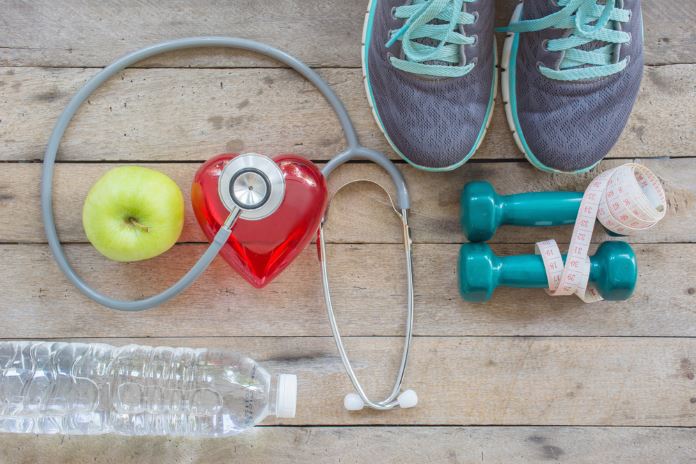
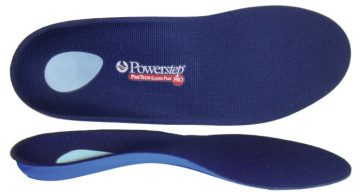
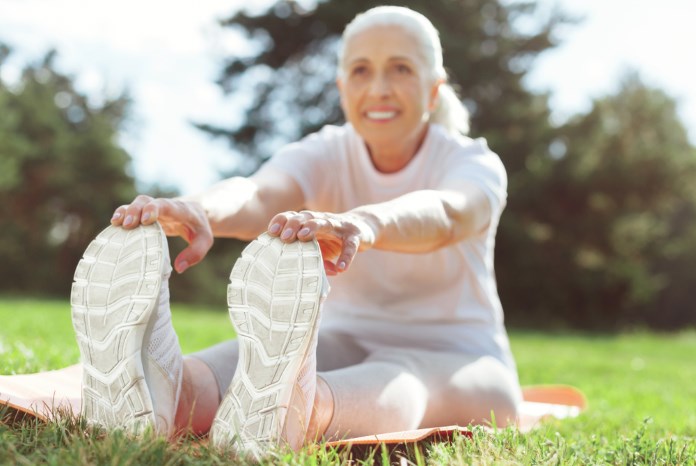


 Recently Dr. Caruso was invited by the
Recently Dr. Caruso was invited by the